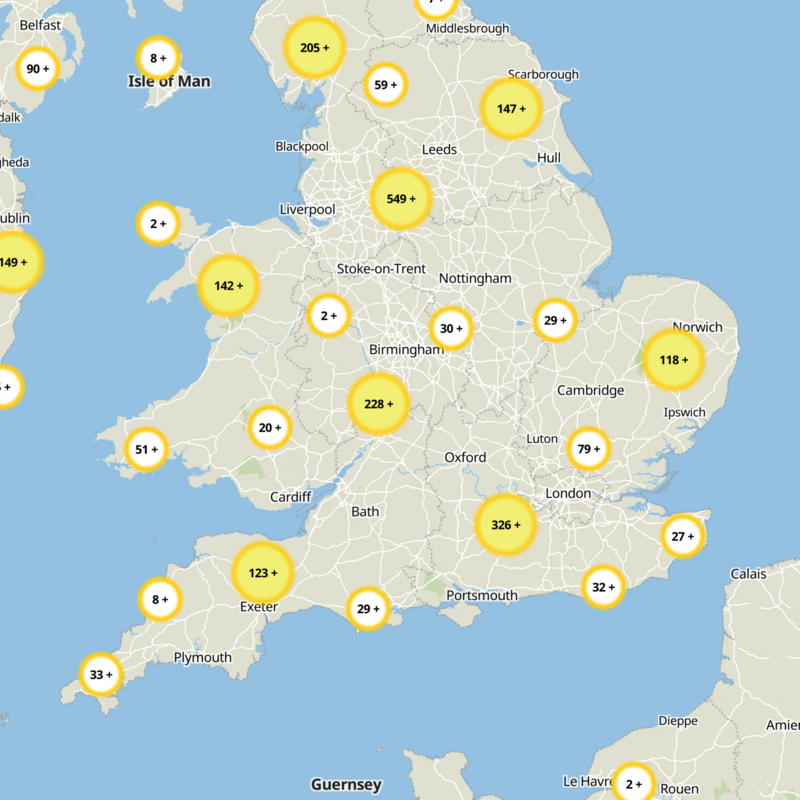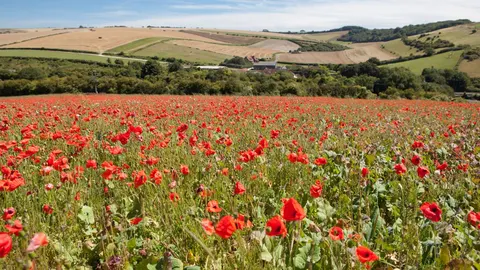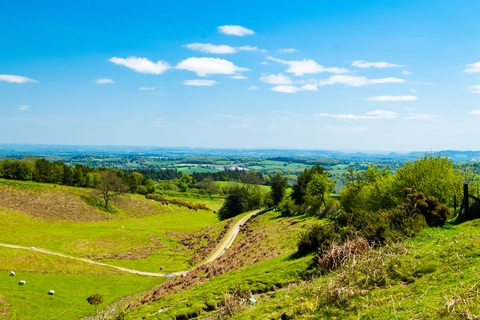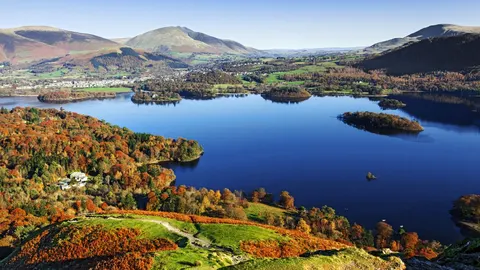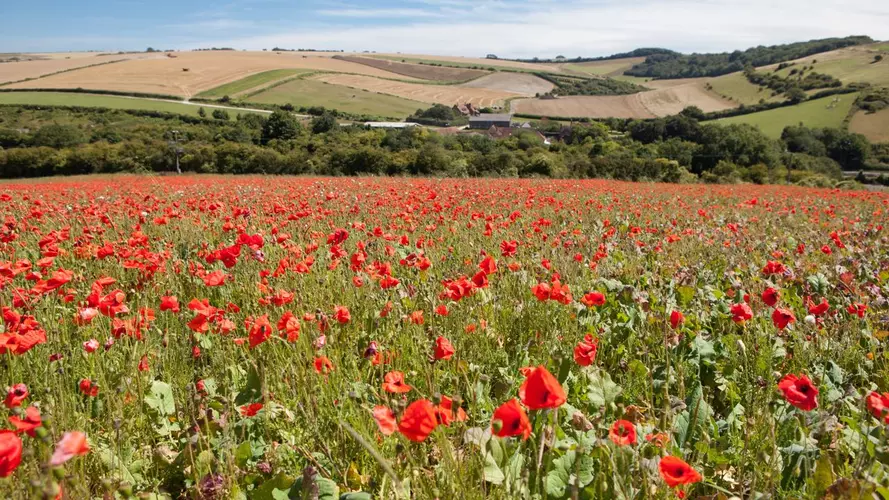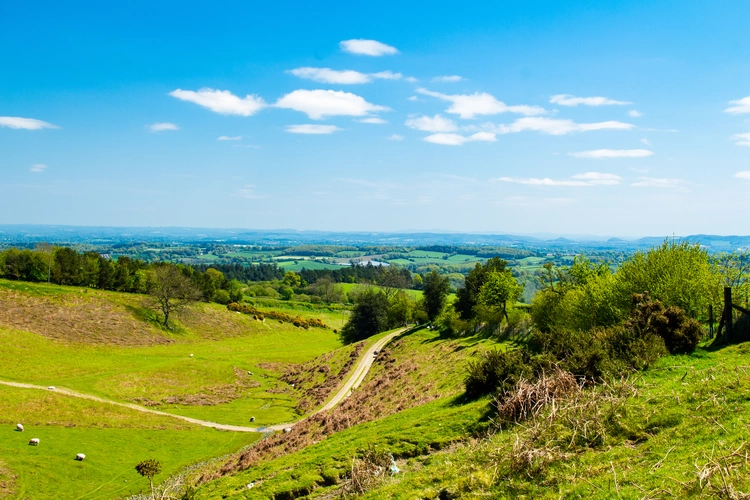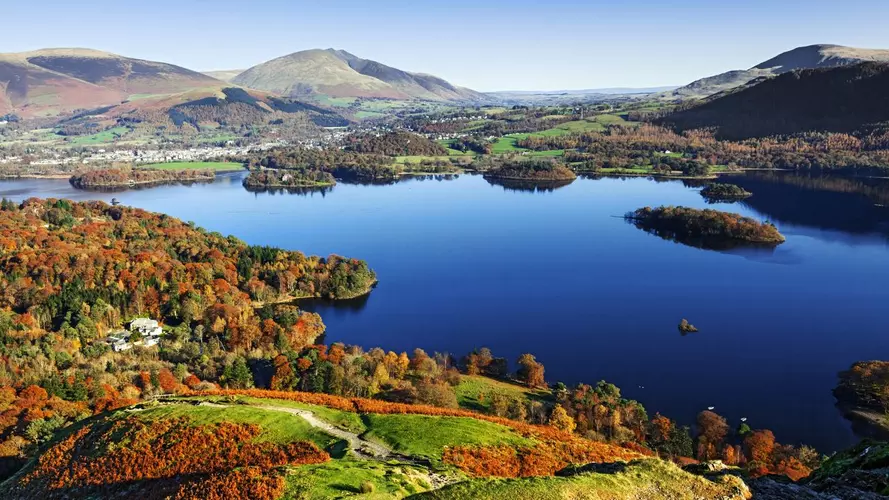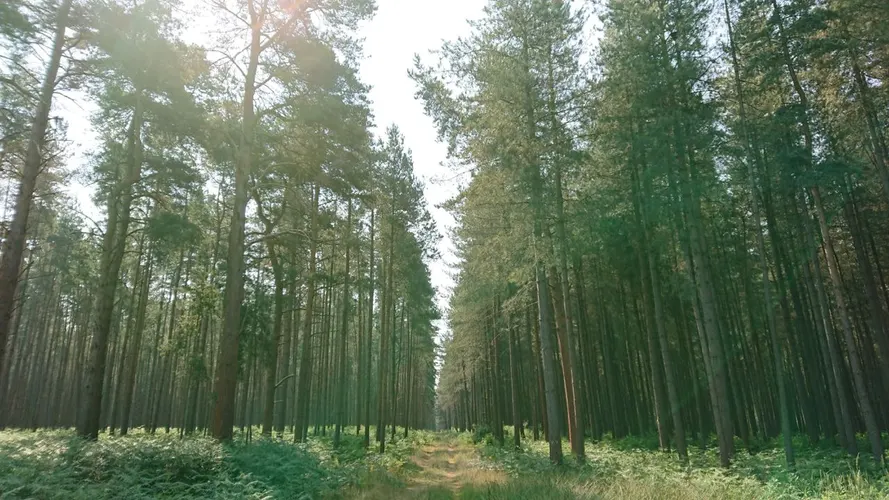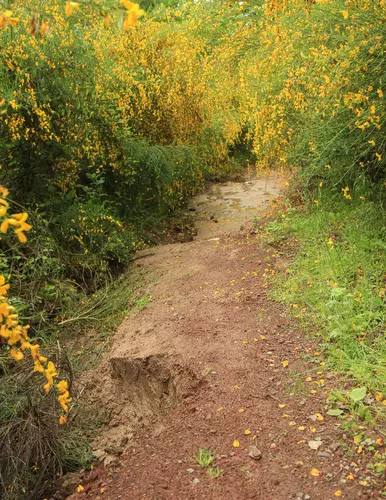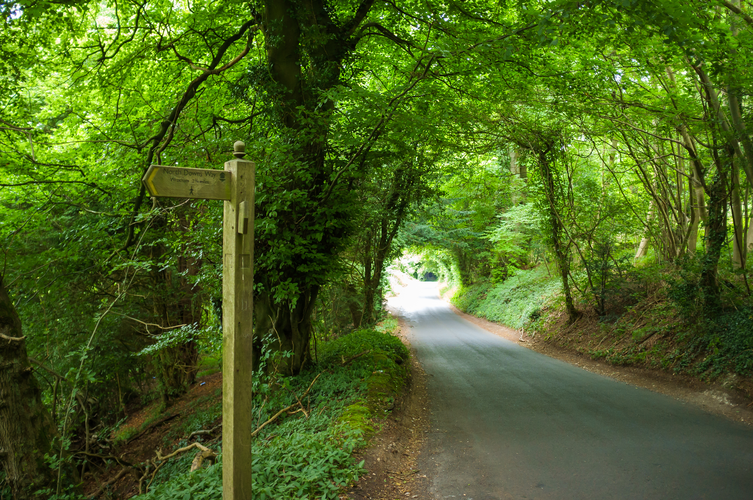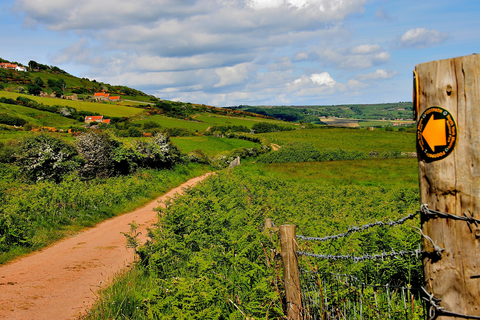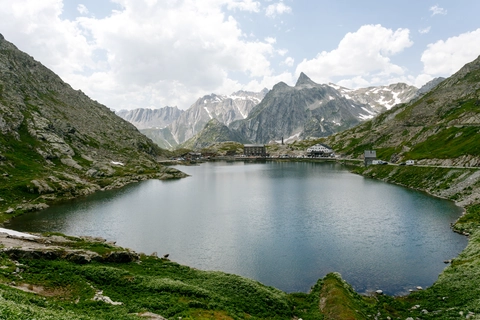"Explore England's diverse trails, where epic landscapes and rich history promise unforgettable adventures."
Embark on a journey through England's enchanting landscapes, where every trail tells a story. From the rugged cliffs of the Jurassic Coast to the serene beauty of the Lake District, England offers a tapestry of diverse terrains. Wander through ancient woodlands, discover hidden villages, and traverse rolling hills that inspired literary greats. Whether you're scaling the peaks of the Pennines or strolling the gentle paths of the Cotswolds, England's trails promise adventure, history, and breathtaking views.
Most popular hikes
FAQs about hiking in England

Winter hiking (December to February) is more challenging due to short days and colder, often unpredictable weather. Snowfall can make some trails inaccessible. Always check the weather forecast and equip accordingly. Experienced hikers may enjoy the tranquility and stark beauty of the winter landscape.
Ultimately, the best time to hike in England depends on personal preferences and preparedness. England's official tourist site (https://www.visitengland.com/) provides in-depth information about various hiking trails and their seasonal characteristics. Be sure to research specific areas as climate can vary across the country.





